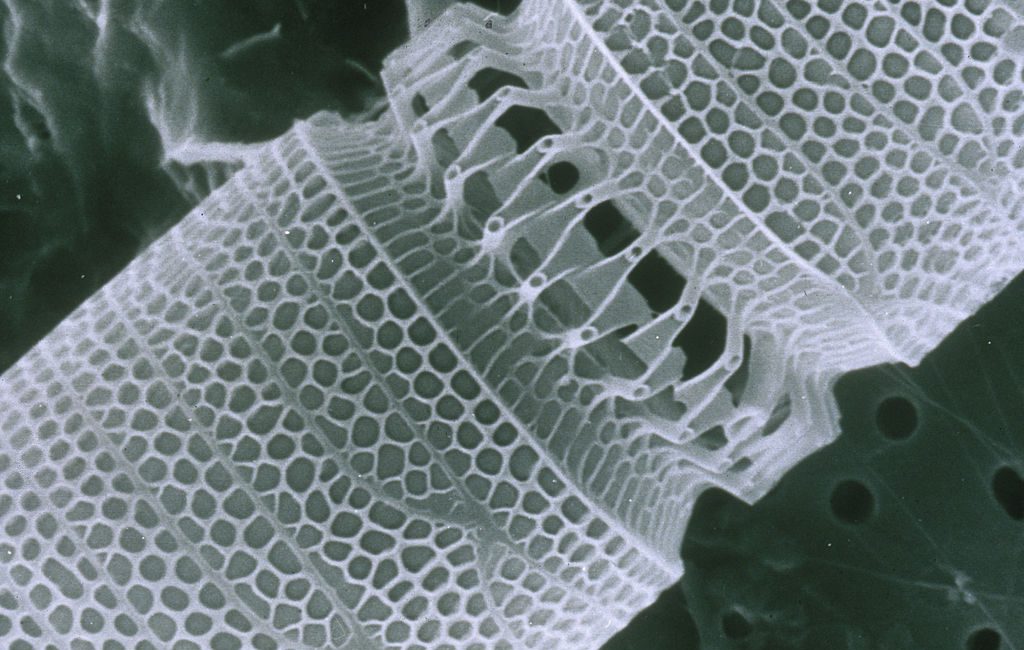
Scientists from the University of Granada (UGR) have developed an optical sensor based on nanotechnology that allows improving the quality of the beer manufacturing process.
It is a sensor that uses a tissue of nanofibers manufactured with electrospinning as a recognition zone, and that is capable of determining the presence of the biogenic amine tryptamine, a group of chemical compounds of great relevance in food, whose presence in the case of the beer guarantees its quality. This is not the first time that electrospinning systems have been used outside of the medicinal field, although it’s probably one of the most curious cases.
Although there are many methods to determine the present amount of these amines in beer, the sensor designed at the UGR and based on nanotechnology is much cheaper and easier to use, since it does not require specialized personnel. At present, almost all systems to detect the biogenic amine tryptamine are based on separation methods (HPLC) which, being very robust and accurate methods and with excellent analytical characteristics, are expensive, slow, and require a complex instrumentation as well as highly educated staff to be able to obtain truthful results.
The biogenic amines are a group of compounds of great relevance in food. They are formed by the decarboxylation of amino acids during the fermentation processes of these foods, and are present in cheeses, wines, beer, processed meats, processed fish, etc., being indicators of the quality of these foods.
The most interesting biogenic amines from the point of view of food quality control are: histamine, putrescine, cadaverine, tyramine, agmantine, tryptamine, β-phenylethylamine, spermine and spermidine.
Their presence in fermented foods, such as beer, can be used to determine their quality.
“Not in vain, the type and quantity of these amines can be related to the quality of the raw materials used, as well as to the hygienic-sanitary conditions and the manufacturing conditions used: putrescine, spermine and spermidine are present naturally in beer, since they are substances found in malt. However, tryptamine, tyramine, histamine and cadaverine appear during the beer fermentation process, so it is important to have a quick method, simple and cheap that allows to determine the quantity of these amines and determine the quality of the beer produced, “explains the main author of this research, the Analytical Chemistry researcher Jorge Fernández Sánchez.
Image attribution: CSIRO [CC BY 3.0], via Wikimedia Commons












